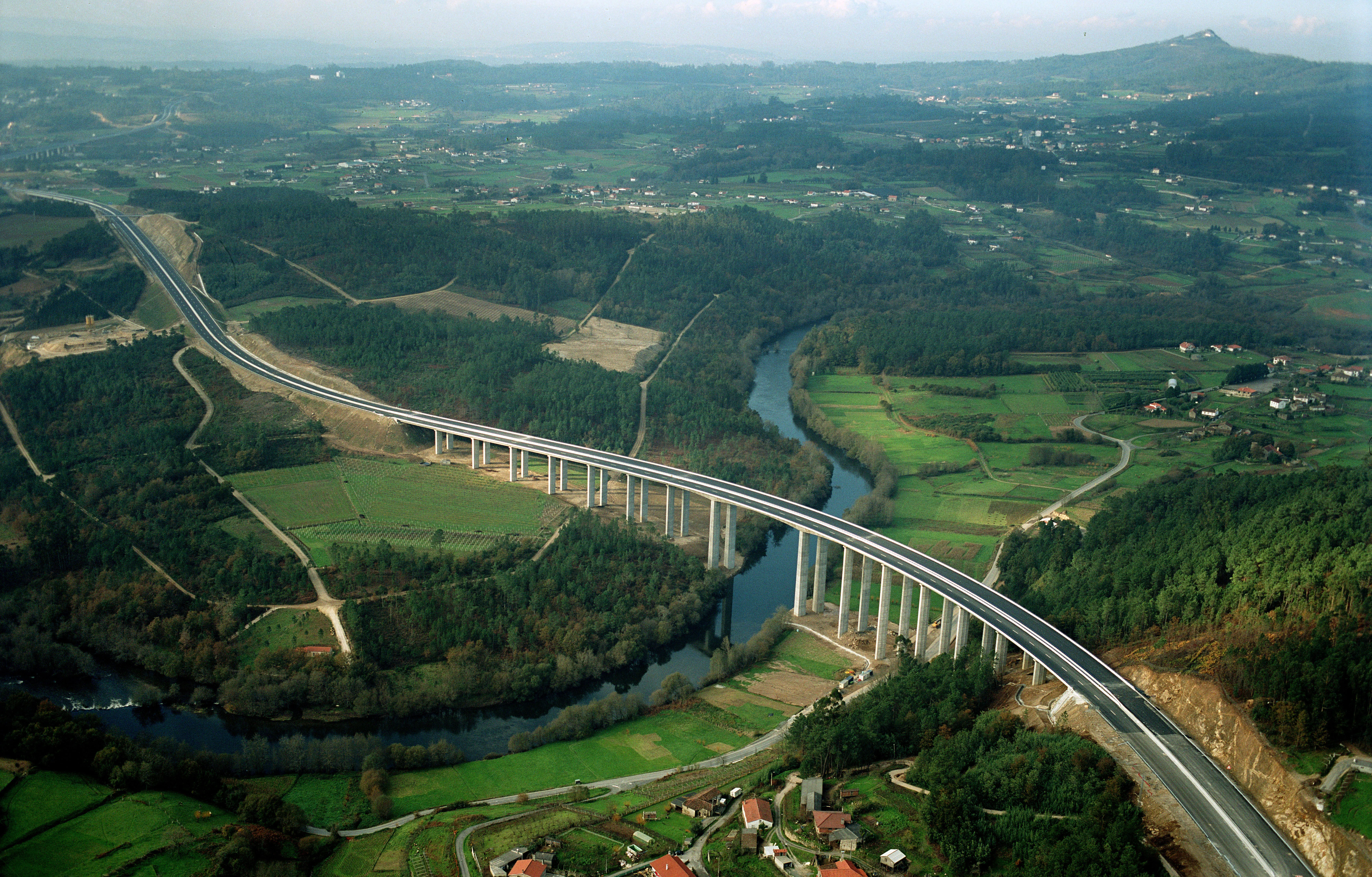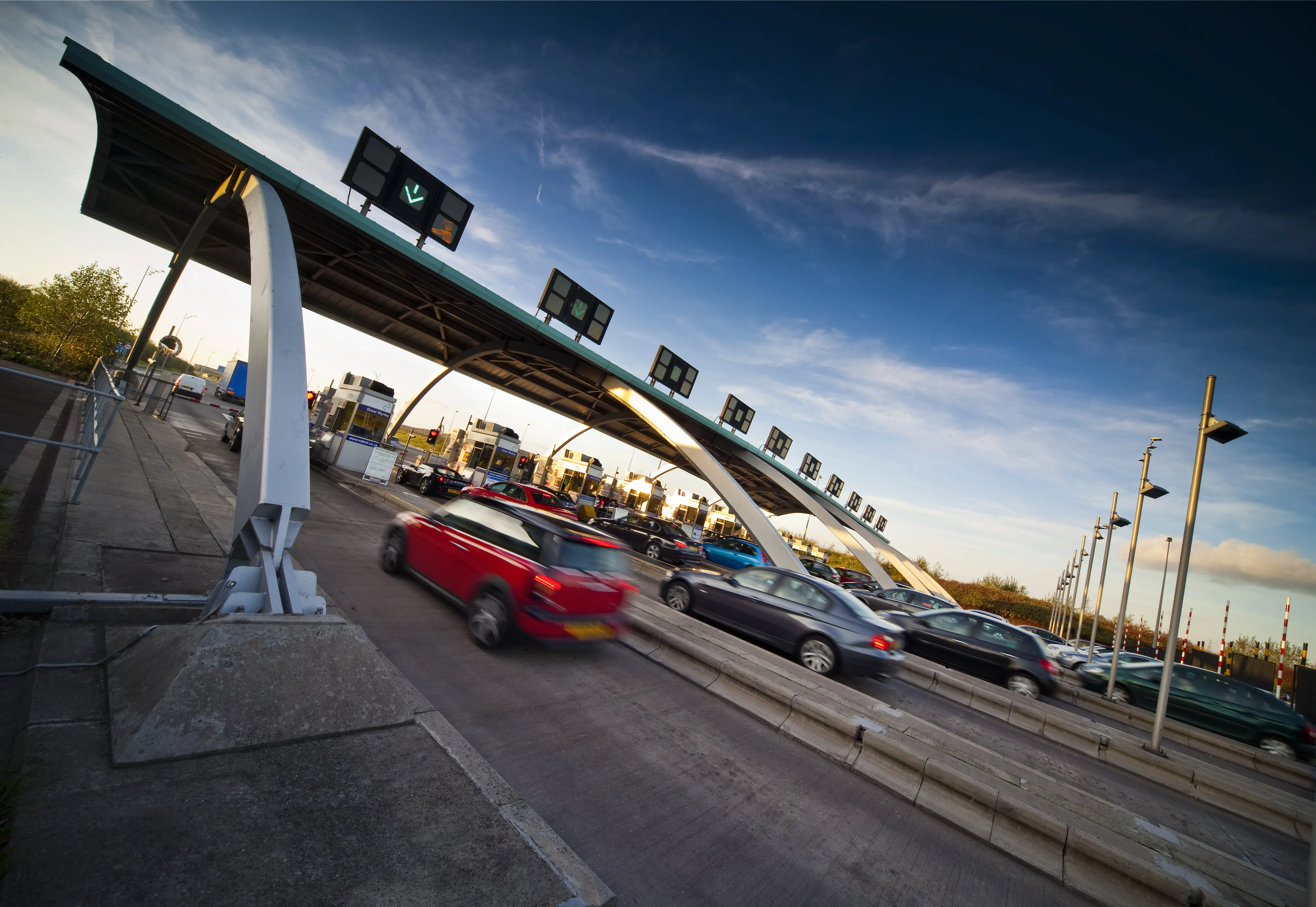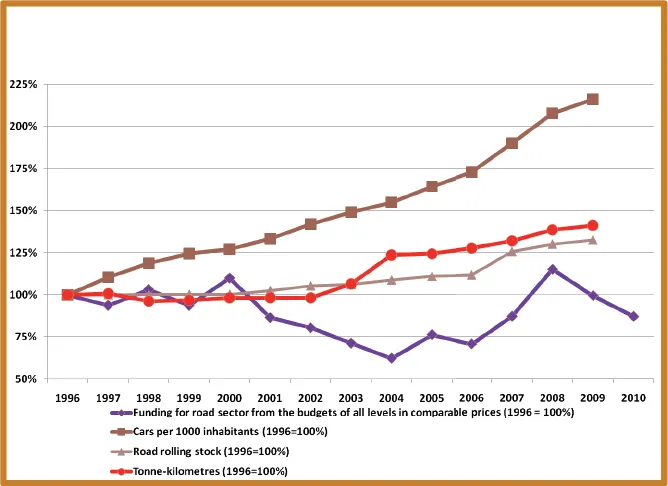
Getting European politicians to agree to a long-term cross-border highway infrastructure programme for toll roads is extremely difficult. It’s a bit like pulling teeth. People want to avoid the pain. This is perhaps a bad analogy to use in the case of Julián Núñez, president of
But pain is something that Spanish operators, including
Many of the toll roads built prior to the financial downturn in the early 2000s suffered reduced traffic volumes as they competed for cash strapped drivers heading for the free highways. Many of free highways run close, or parallel, to the toll roads - an issue for Núñez.
Only now are toll road traffic volumes starting to recover but it has been too late
for up to a dozen concessions that have
gone, or are in the process of going, bankrupt. Some of these roads are being divested from the concessionaire as the parent group attempts to sell the rump business to investors as a going concern. In some cases, the divested toll roads are being taken over by a state-led group.
But last July, Spanish prime minister Mariano Rajoy announced a €5 billion public-private investment programme for around 2,000km of highways over the coming three years. Núñez is cautiously optimistic about the future, at least in Spain. The money will for completing unfinished highways, with many tenders being on a 30-year maintenance contract. Around 190,000 jobs will be created, according to Rajoy.
At the time of the announcement, SEOPAN said government spending on infrastructure as a percentage of economic output was at record lows. Government-awarded infrastructure concessions in 2016, a year before Rajoy’s announcement, was a mere 2% of their value in 2007.
Spanish concessions were under financial pressure for several reasons. First there was the cost of expropriation of the land in the financially stressed toll roads. An estimated €800 million jumped up to around €2.2 billion, throwing financial plans out the window for many concessionaires. Government, too, panicked and halted their plans or looked to contractors and concessionaires to take on more responsibilities. “But when you increase investment, you need more time to recoup the investment,” he says.
“Sometimes public administrators who manage construction of a toll road believe the money to build it is free and so anything can be done. For example, to improve the highway, you can just build another lane, or another bridge or tunnel. Remember, all this will eventually be paid for by road users.”
Add more construction and design demands and the private sector’s cost goes up. The original concession length may be too short to recover the increased investment demanded by the government.
At other times, the government would figuratively shoot itself in the foot, he explains. Grant a concession for a toll road and then upgrade and improve the free local roads that often run beside the toll road. Or even build a new road. This will siphon traffic off the toll road and throw into confusion traffic volume forecasts and jeopardise the private sector’s investment.
One example is OHL’s M12 motorway. The 9.4km toll road between Madrid and the city’s Barajas airport was opened in 2005 at a cost of around €380 million to OHL, according to a report by El Pais newspaper in 2014. However, expected traffic volumes failed to be reached as motorists preferred the free road that runs alongside it. OHL reportedly cited “construction and compulsory purchasing costs significantly higher than those predicted” and “extraordinarily low” traffic volumes for the roads' financial problems.
Núñez also points to a toll road between Madrid and Cordoba. After the concessionaire built the Madrid-Toledo section, the government pulled the plug on the other two sections to Cordoba. The effect was to have a “motorway to nowhere”, says Nunez. It is not that Toledo is unimportant. Far from it. But Toledo is only 75km from Madrid and is well served by free roads, so the toll road is little used. Madrid to Cordoba is almost 400km.
Given that priority-changing tendency, Núñez says he has a vision for a long-term toll road strategy. “Never less than 10 years,” he says. “We need a long-term strategy and politicians shouldn’t change the rules of the game in the middle of the game.”
You likely can’t remove politicians from the strategy process, but you can get rid of the politics. “Long-term prioritisation of highways infrastructure should be at state level rather than a political one,” he says.
“It shouldn’t depend on the thinking of one political party in power and then another political party when it takes over. They should get together around the same table and hammer out a common strategy that won’t change if the government changes in the next five or so years.”
Núñez also extends his vision to being pan-European where a toll road strategy sits independently of national politics in EU member countries.
Why not? There is a strategy for free European roads north and south, east and west. What is needed is a similar strategy for toll roads. At the moment, one country’s toll road will stop at a border where drivers cross onto a free road. At a different border, two toll roads meet but they will have different physical road standards and toll payment systems.
As president of ASECAP since the middle of last year, his priorities have been clear and three take precedence. The first is to inform the public about the advantages to them, including safety, and to the wider economy, of Europe’s 50,000km of toll roads. Even with so many kilometres of toll roads, many travellers still question why there should be a toll.
Snapshot: Julián Núñez
• President of SEOPAN - the Association of Infrastructure Contractors and Concessionaires;
• Since May 2017 president of ASECAP - European Association of Operators of Toll Road Infrastructures;
• Board director of the Washington DC-based International Bridge Tunnel and Turnpike Association;
• Vice president of the National Spanish Confederation of Construction (CNC);
• Chairman of the Concessions Commission of the Enterprise Spanish Confederation (CEOE);
• He holds a PhD in civil engineering from the Madrid Polytechnic University and an MBA from Instituto de Empresa in Madrid.
“We know that they have plans for more managed lanes,” he says “But for managed lanes you need a lot of traffic [as in some parts of the US] and in Europe we have shorter distances to drive. So it is not so easy to develop managed lanes around European cities.”
The second challenge is to get more EU support such as better cross-border legislation on toll road strategies and standards, as well as financing. “At the moment there are only three or four EU directives detailing how you ‘apply’ a toll road. A lot of countries adapt these directives to suit their own national laws. The EU could be a little more involved in how these national laws are applied to toll concessions.”
This he says is part of his pan-European toll road vision that will make constructing and operating roads more of an even playing field for governments and the private sector. “In one country I pay a toll, in another country I don’t pay. I don’t know if the Eurovignette is the answer…in principle it is good. Maybe a different toll for heavy and light vehicles. What is more important is that this be harmonised across Europe.”
In Eurovignette countries - Denmark, Luxembourg, the Netherlands and Sweden - heavy goods vehicles with a gross vehicle weight of minimum 12tonnes must buy a Eurovignette in order to use motorways and toll highways. Many other countries operate their own national non-cross-border vignettes.
A pan-European toll service that automatically handles any toll charges for any vehicle - heavy goods or passenger car - when crossing a border could also be part of the answer.
The third challenge for ASECAP is to push for more pan-European funding for toll road development. “All the members of ASECAP have different visions of financing infrastructure. We need a common vision.”
The EU helped national governments during the recent recession with more money from the European Investment Bank, under the Juncker Plan, explains Nunez. The European Commission’s Investment Plan for Europe, often called the Juncker Plan, is an infrastructure investment programme announced by European Commission president Jean-Claude Juncker in November 2014. The idea was to unlock public and private investments as Europe moves out of the recession to the tune or around €315 billion over a three years to the end of 2017.
Part of the wider Juncker Plan is the European Fund for Strategic Investments (EFSI) to provide an EU guarantee when mobilising private investment. This is done through the European Investment Bank but aimed mainly at small- to medium-size businesses.
“We need similar financial investment for tolling roads,” says Núñez. “The EU can’t forever be giving financial aid to governments for infrastructure. We need a new financing structure for roads and tolling roads, it’s the only way to do it.”







